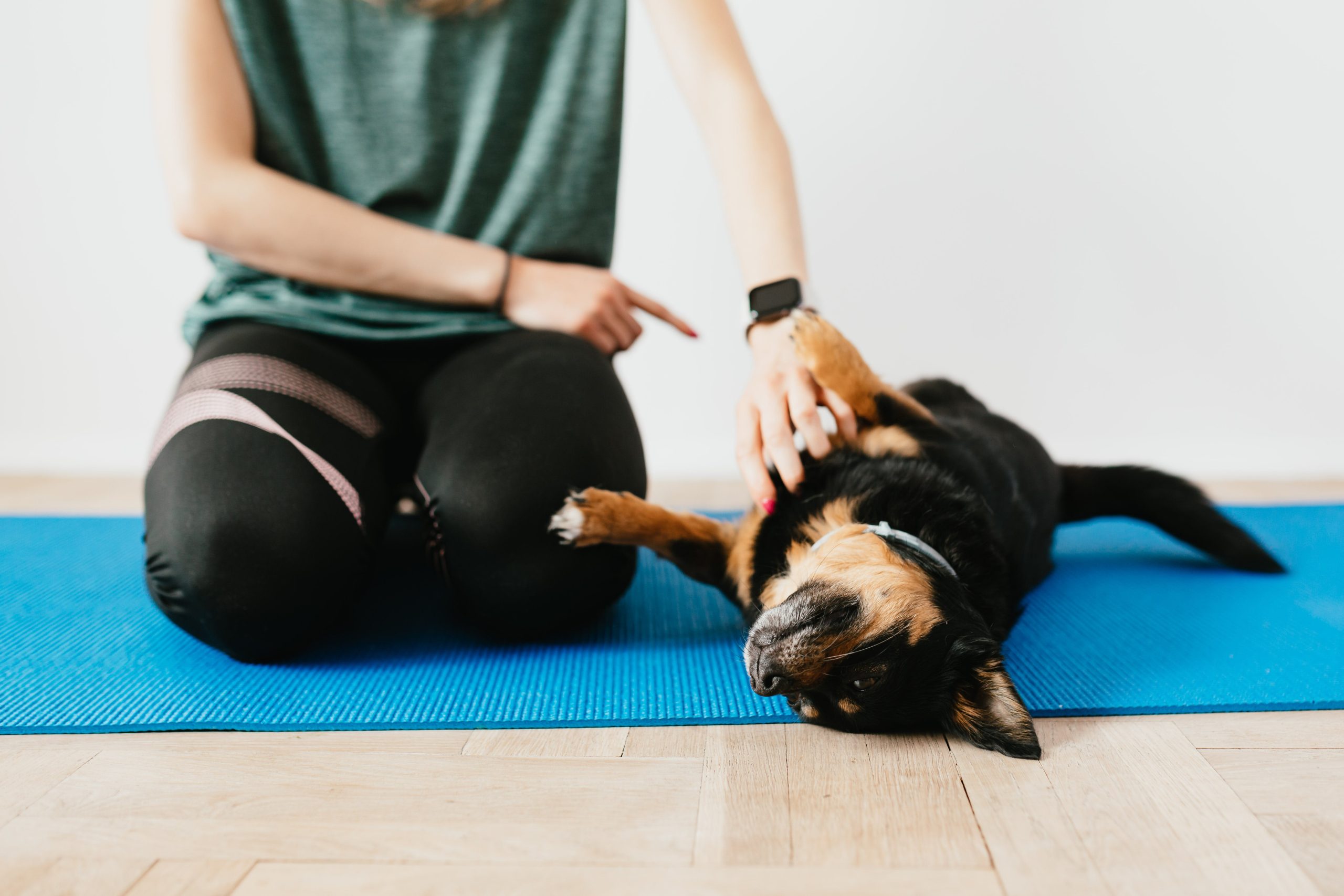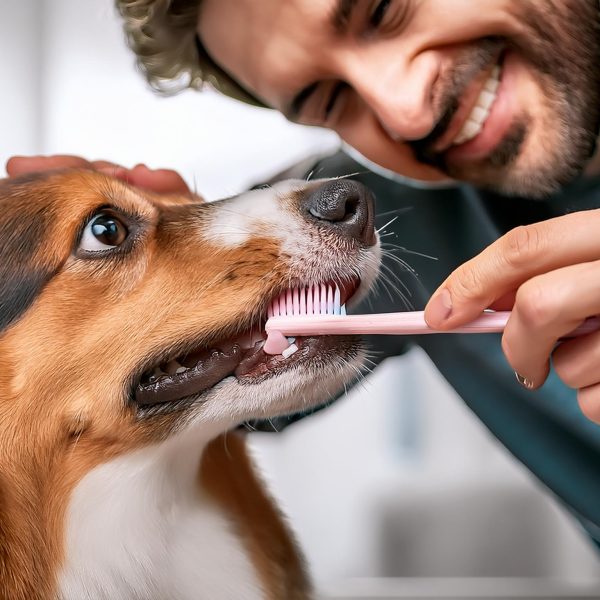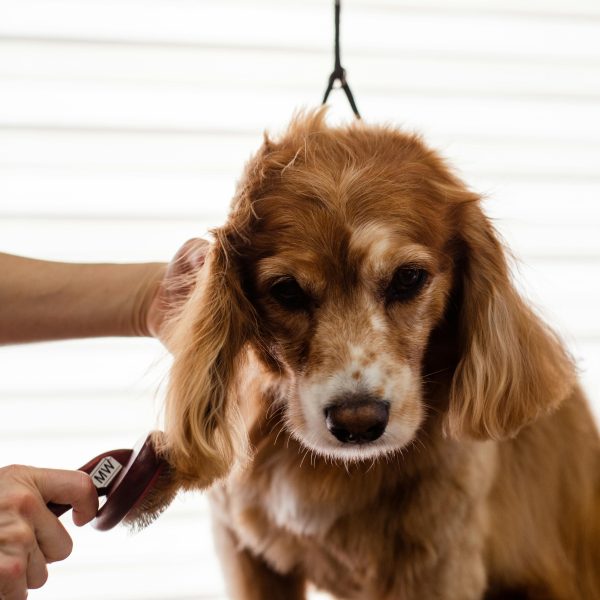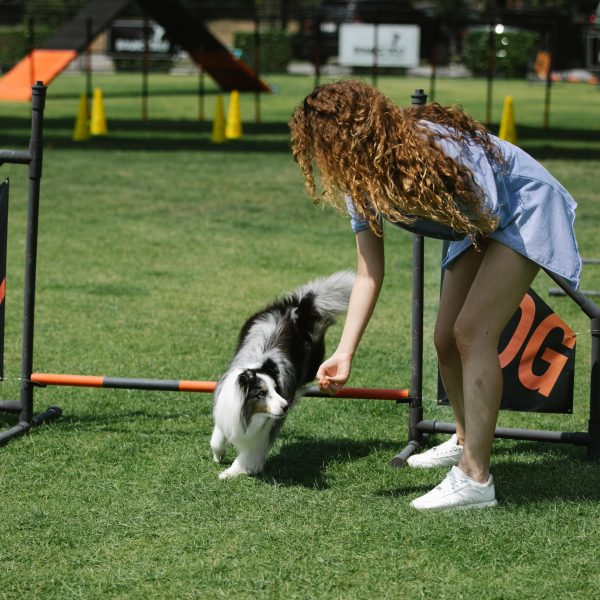When it comes to owning a pet dog, training plays a crucial role in establishing a harmonious relationship between humans and canines. In the past, training methods often relied on punishment-based approaches. Modern dog training has shifted towards reinforcement techniques. Positive reinforcement focuses on rewarding behaviors rather than punishing unwanted ones, making the training process more enjoyable and effective for both you and your furry friend. This article explores the principles of reinforcement and offers practical tips for incorporating these techniques into your dog training routine.
Understanding Positive Reinforcement
Positive reinforcement operates on the principle that behaviors that are rewarded are more likely to be repeated. In the context of dog training, this means providing something for your dog—like treats, praise, or playtime—immediately after they display a desired behavior. By connecting the behavior with an outcome, your dog learns to anticipate rewards and is encouraged to repeat those behaviors.
Advantages of Positive Reinforcement Techniques
1. Building Trust and Confidence
Positive reinforcement cultivates a trusting bond between you as the trainer and your dog by creating an encouraging environment. Through experiences during training sessions, dogs develop confidence and become more eager to learn.
2. Enhancing Learning
Dogs tend to be more receptive to learning when they’re motivated and engaged. Using reinforcement techniques can make training sessions enjoyable for the dog, increasing their attentiveness and willingness to learn behaviors.
3. Strengthening the Bond
One of the benefits of reinforcement training is that it strengthens the bond between dogs and their owners. By fostering communication and mutual respect, dogs perceive their owners as providers of rewards and support, which enhances the connection between them.
4. Reducing Stress and Anxiety
Positive reinforcement reduces stress and anxiety in dogs. Unlike punishment-based methods that can induce fear or anxiety, positive reinforcement creates a stress-free learning environment, minimizing the chances of issues arising and promoting well-being.
5. Encouraging Problem-Solving Skills
Positive reinforcement encourages problem-solving skills in dogs. When trained using these techniques, dogs learn to think and find solutions to earn rewards. This mental stimulation helps prevent boredom and reduces the likelihood of problem behaviors.
To effectively implement reinforcement techniques, it is recommended to choose high-value rewards that your dog finds enticing, such as pieces of meat, cheese, or their favorite toy. These rewards will significantly increase motivation and enthusiasm during training sessions.
Tips for Implementation
- Timing: Deliver the reward immediately after your dog exhibits the desired behavior so they can accurately associate it with their actions.
- Consistency: Reinforce desired behaviors consistently, no matter the environment or situation, to solidify learning and prevent confusion.
- Short, Fun Sessions: Keep training sessions short and fun to maintain your dog’s focus and enthusiasm. Aim for multiple shorter sessions throughout the day.
- Gradual Progression: Start with basic commands and gradually increase the difficulty as your dog progresses in their training journey to prevent frustration and ensure steady progress.
- Ignore and Redirect: If your dog displays undesirable behaviors, ignore them and redirect their focus towards more desirable behaviors to naturally decrease the occurrence of unwanted actions.
- Use Praise and Affection: Along with treats, use praise and physical affection to reinforce behavior. A cheerful “good boy/girl” or a gentle pat on the head can be just as rewarding for your companion as treats.
Utilizing reinforcement techniques is a successful method for training dogs. It fosters learning, builds trust, and strengthens the bond between dog and owner. By integrating these principles into your training routine and following suggestions for implementation, you can enrich your dog’s learning journey while cultivating a gratifying relationship based on respect and comprehension. Remember, patience, consistency, and maintaining a positive attitude are key components for achieving effective dog training outcomes.








